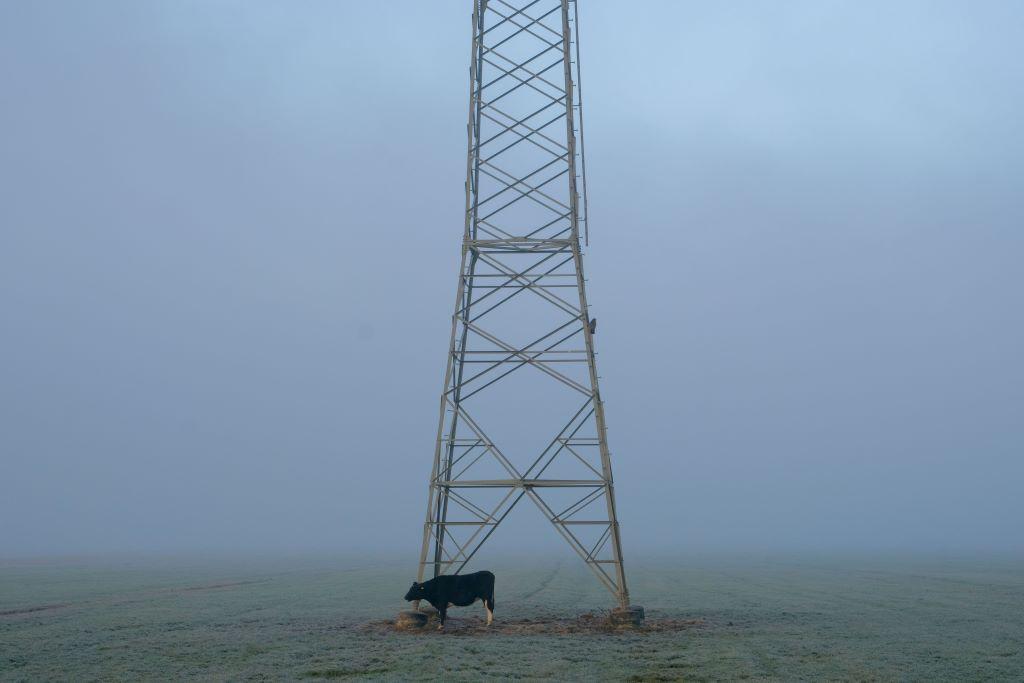Checklist: Unmarked Towers Can Pose Flight Hazard

The National Transportation Safety Board urges pilots to be vigilant for unmarked towers, such as those supporting GPS, telecommunications, meteorological evaluation and other functions.
The towers are present throughout the U.S. and can present a safety hazard to pilots.
Many of the unmarked towers are below the 200-ft. FAA threshold for obstruction markings and their height can vary with the terrain.
The NTSB has investigated several fatal aircraft accidents involving collisions with Meteorological Evaluation Towers (METs) and other unmarked towers less than 200 ft. tall.
Some states have put in place marking and reporting requirements for METS and other towers to improve the safety of low-flying aircraft. But not all states have the requirements in place.
What can pilots do?
- Be vigilant for METs and other unmarked towers when flying at low altitudes.
- Remember towers can be erected in hours, have a small footprint and be difficult to see. Not all of them are lighted or have marks noting support cables.
- Check the Internet to see whether your state maintains a tower directory.
- Check your route as part of the pre-flight.
- Ferry above 500 ft. and adhere to minimum safe altitudes when flight operations permit.
- When locating an unmarked MET or other tower, let other pilots know about its location.
- The FAA’s FAASTeam is exploring ways of notifying pilots about their location and height and working to educate tower owners, builders and communities on flight safety issues they present.
- Encourage the marking of METs and other unmarked towers in the area.




